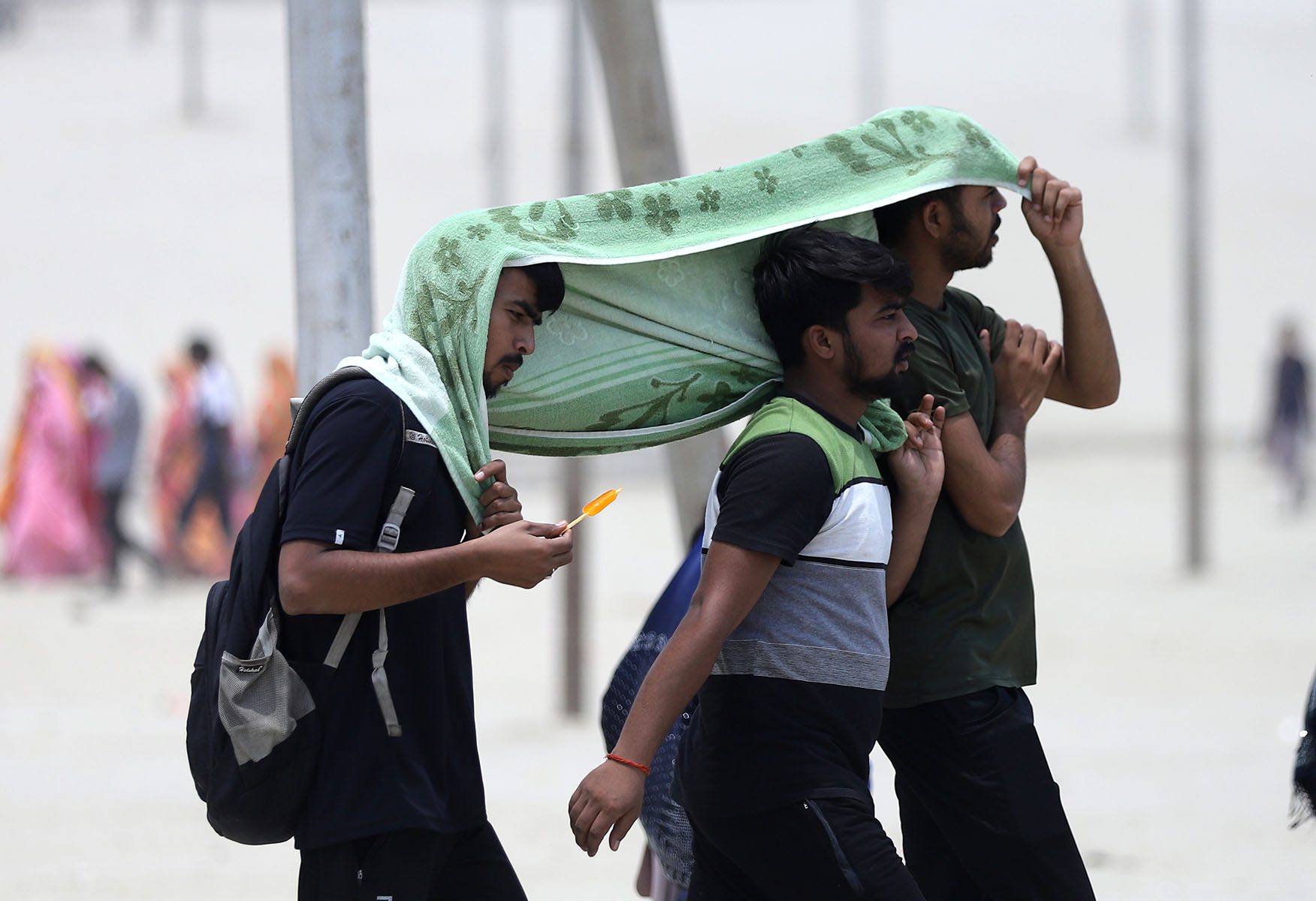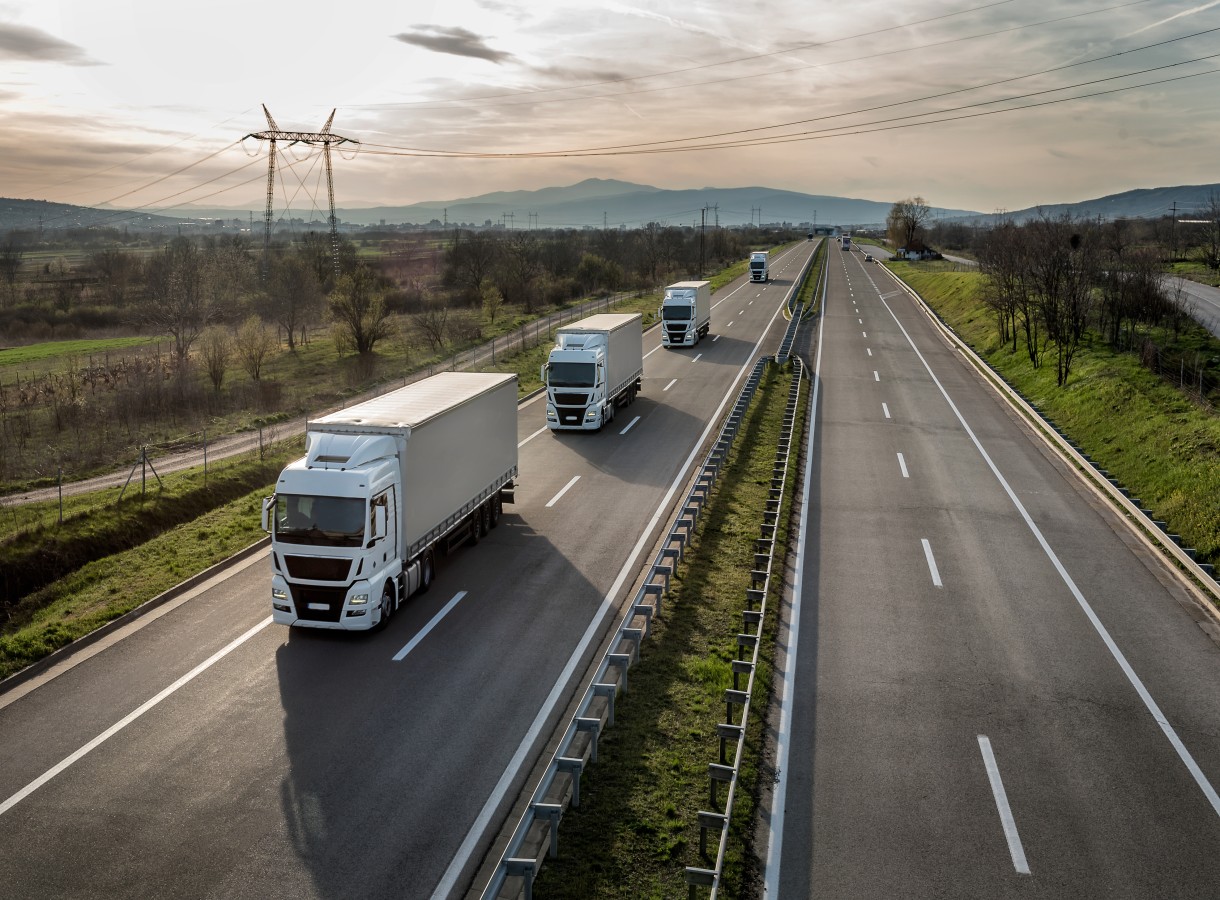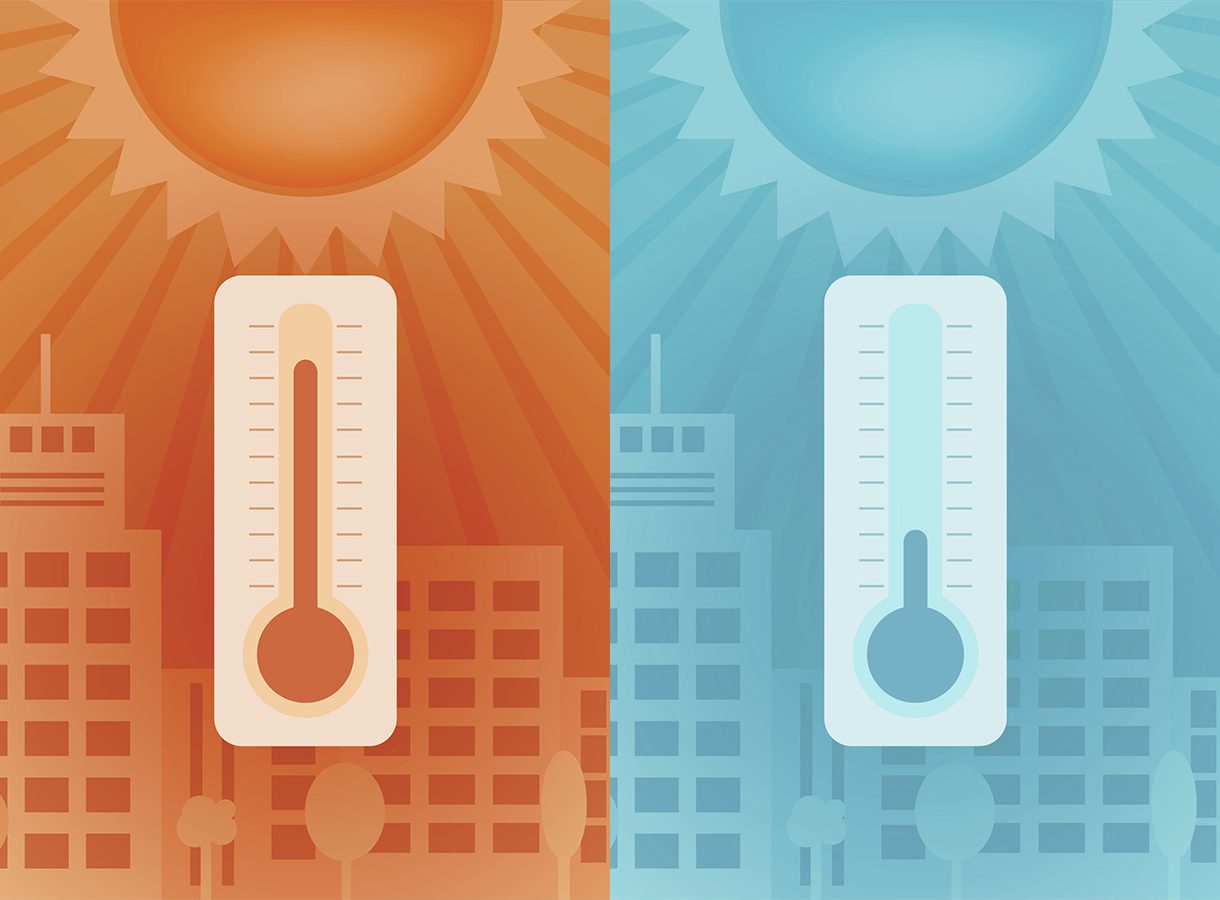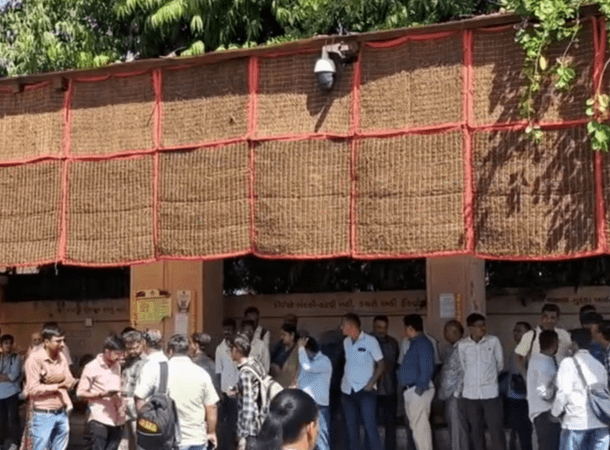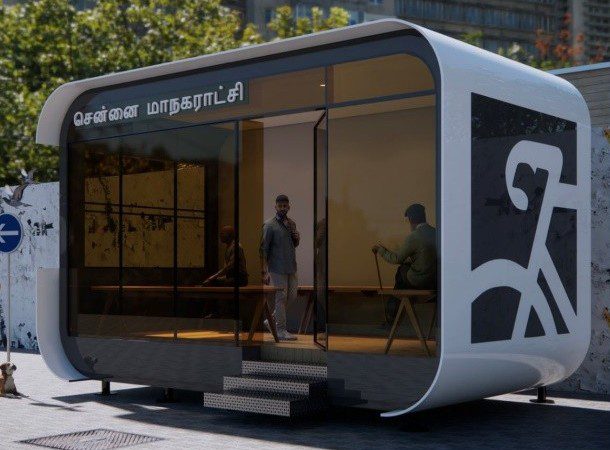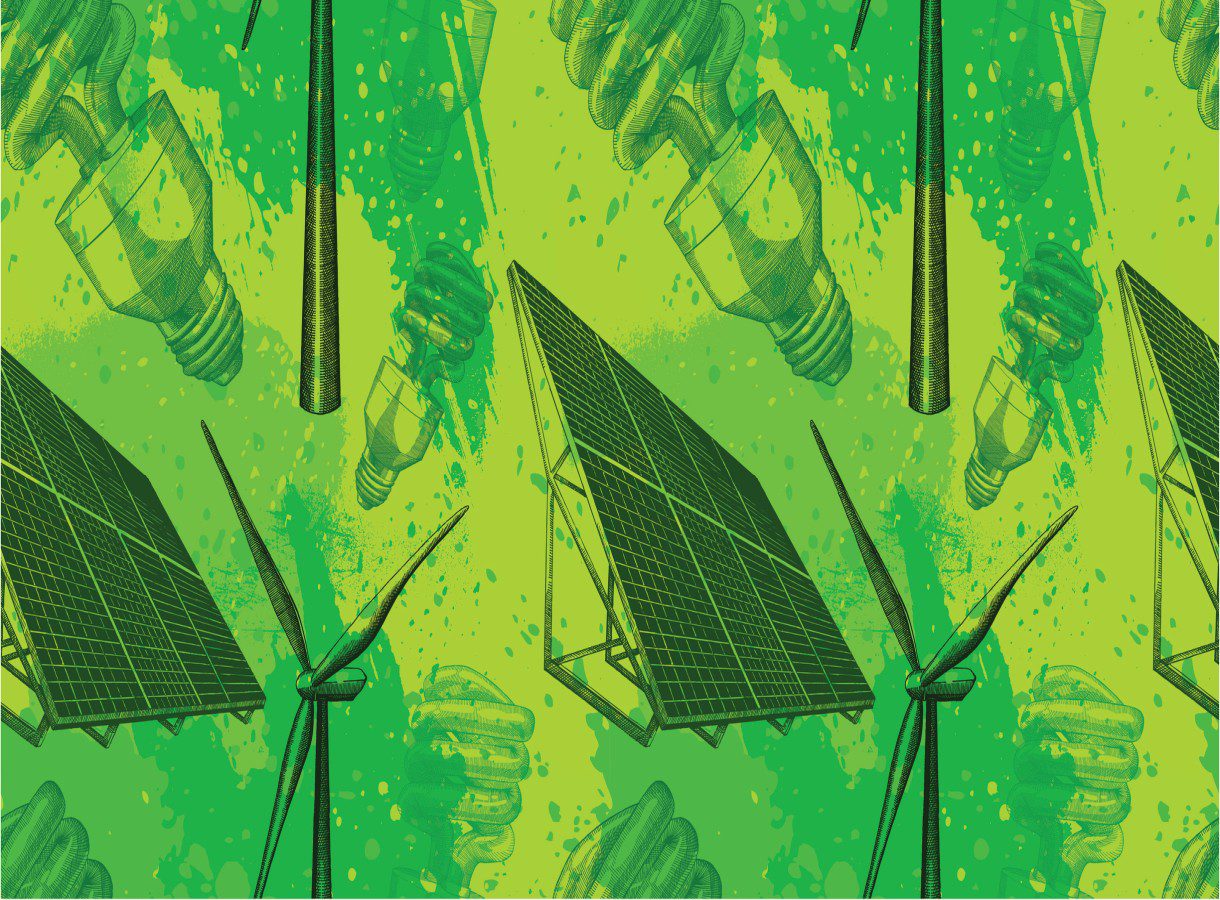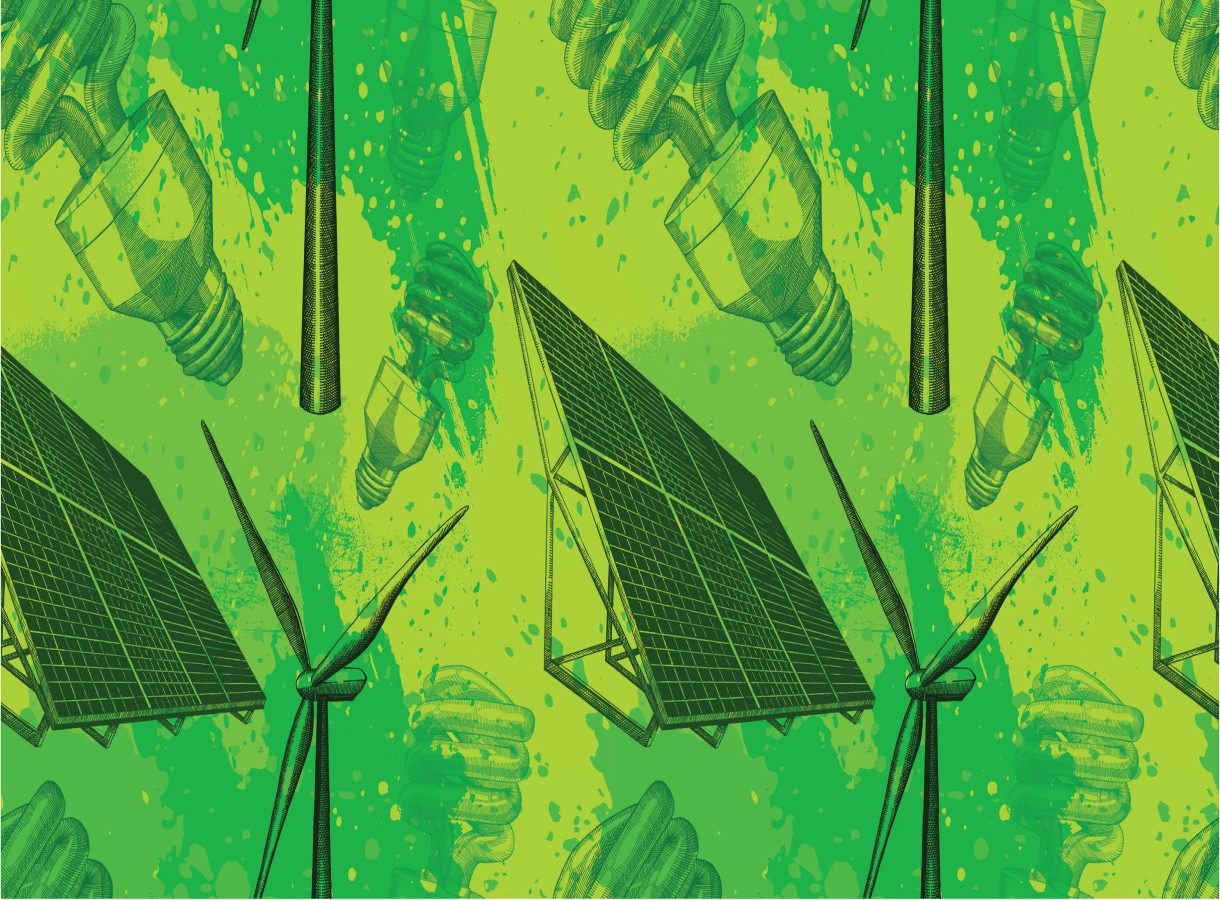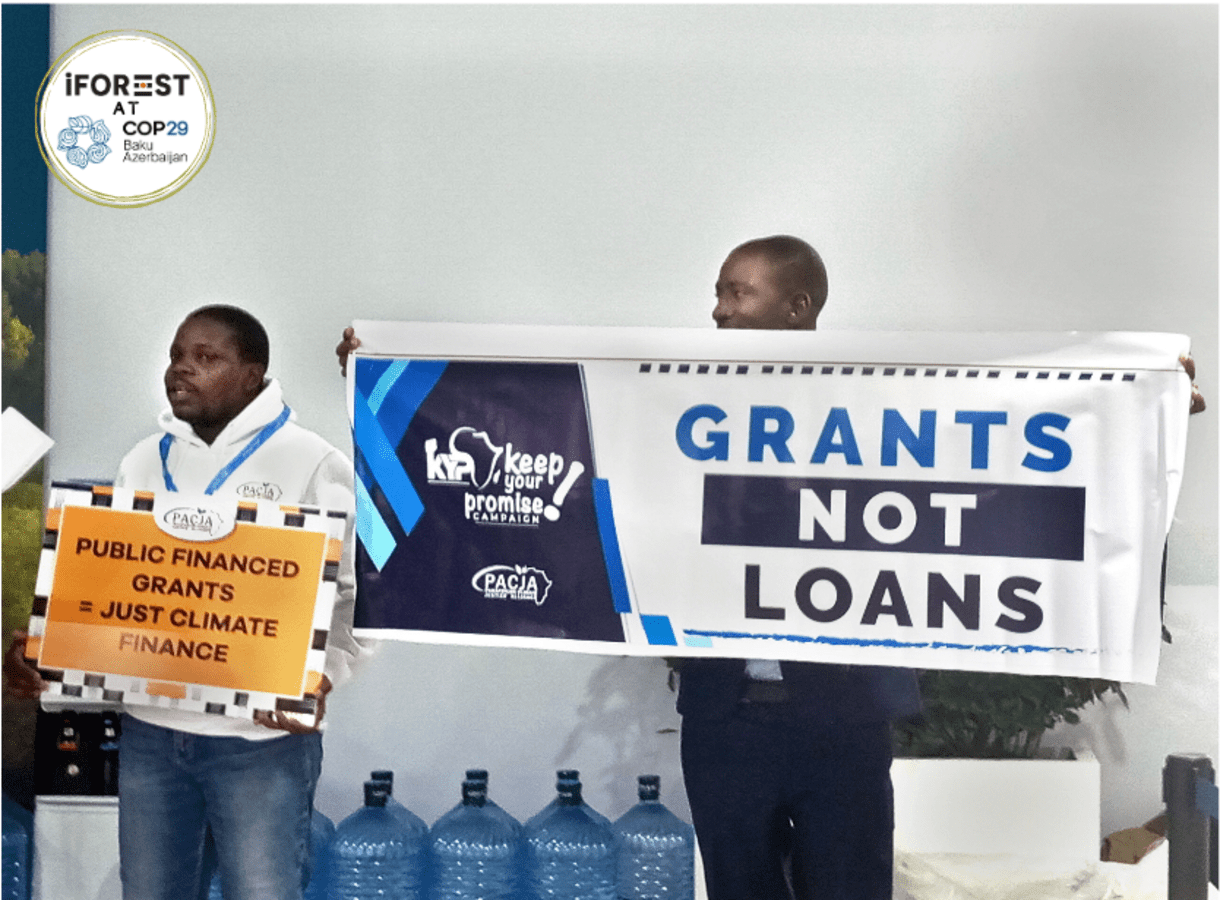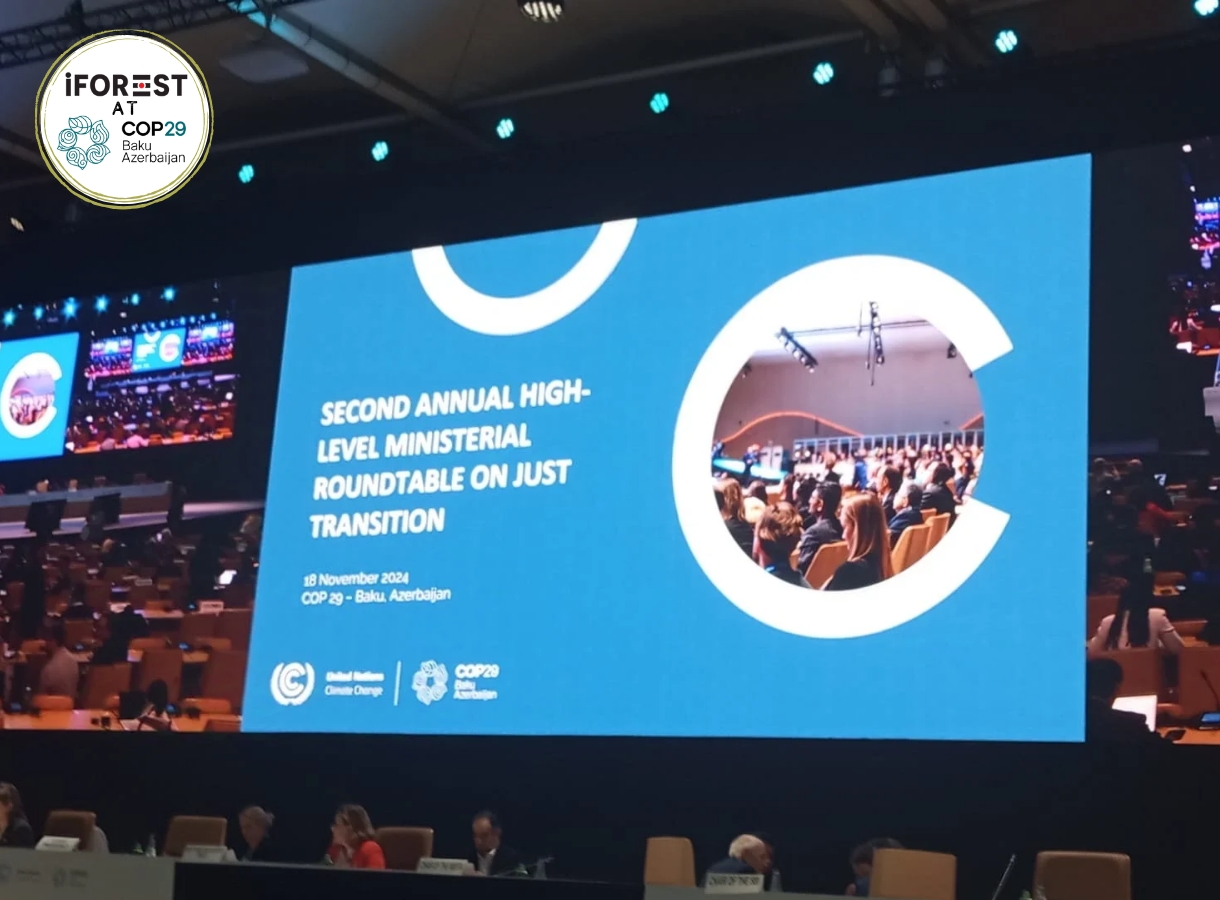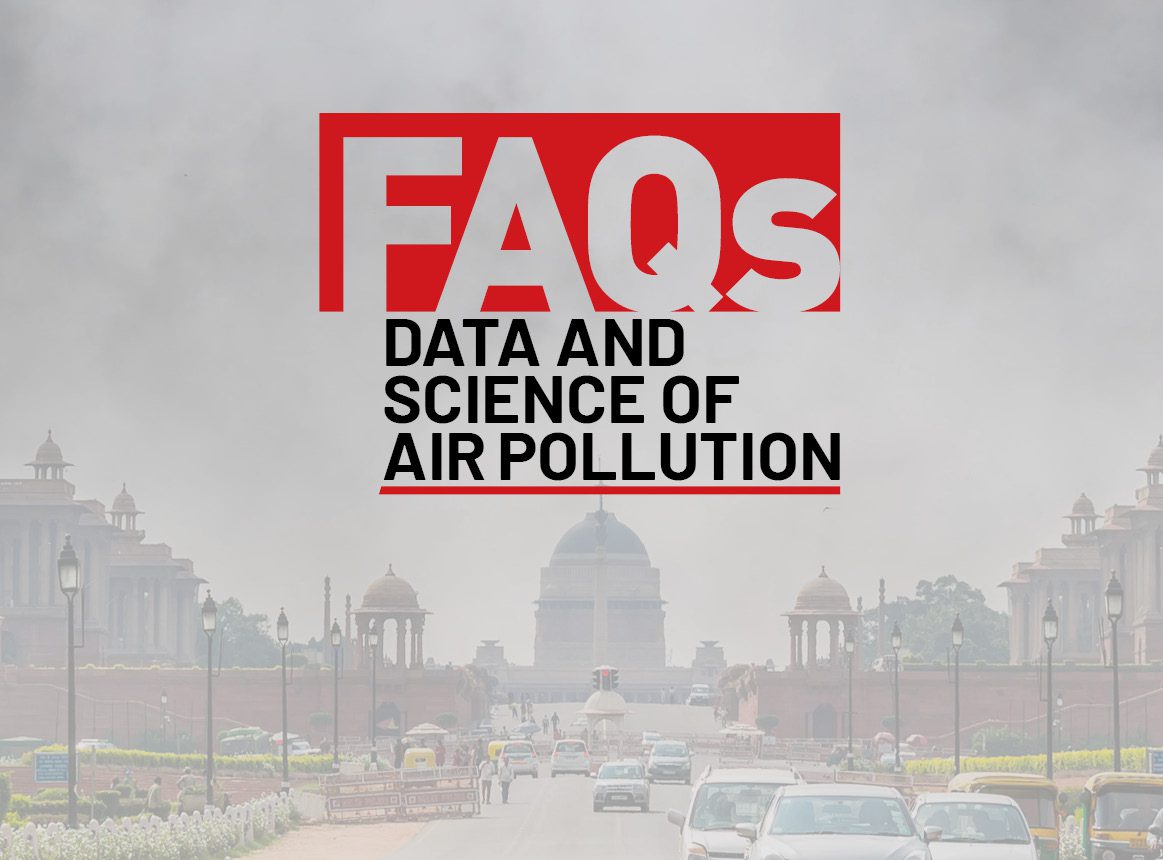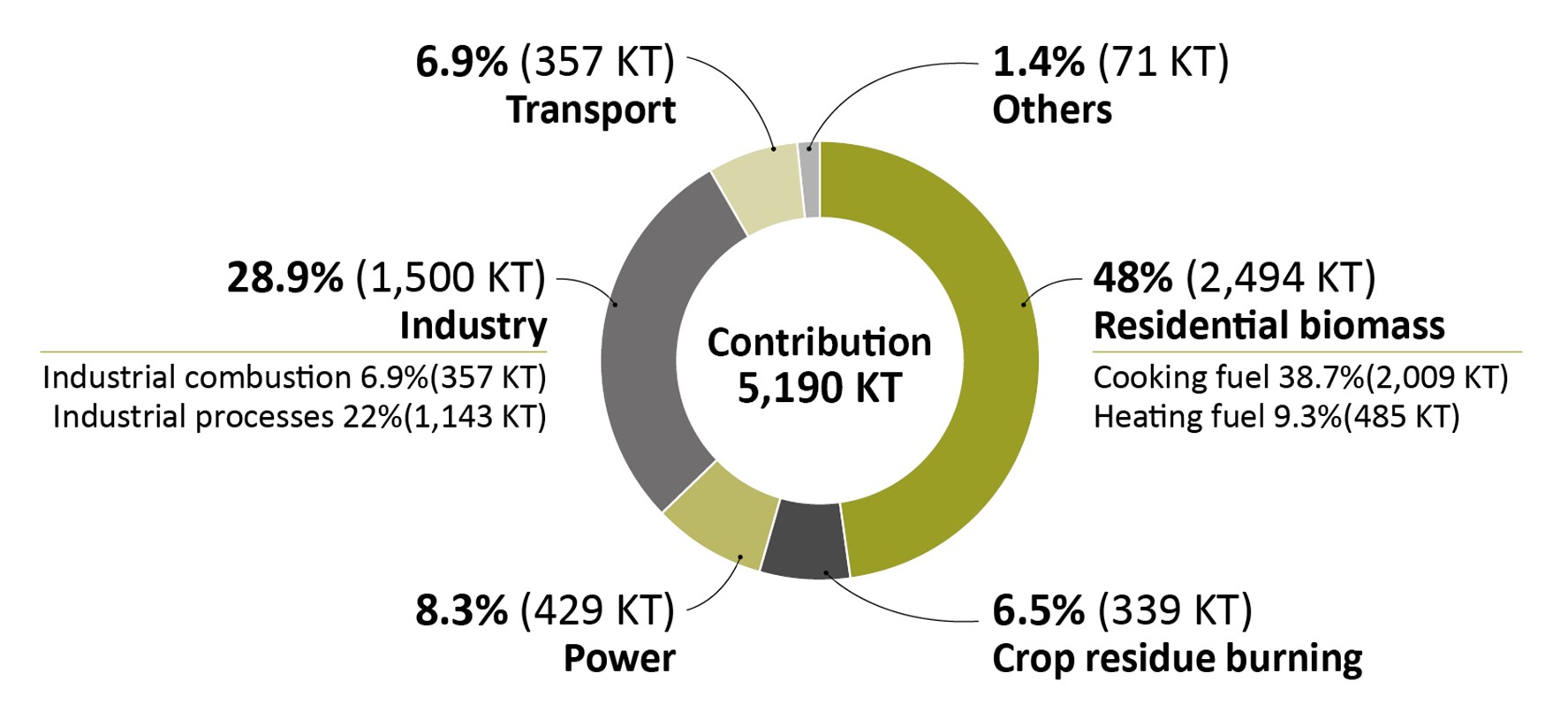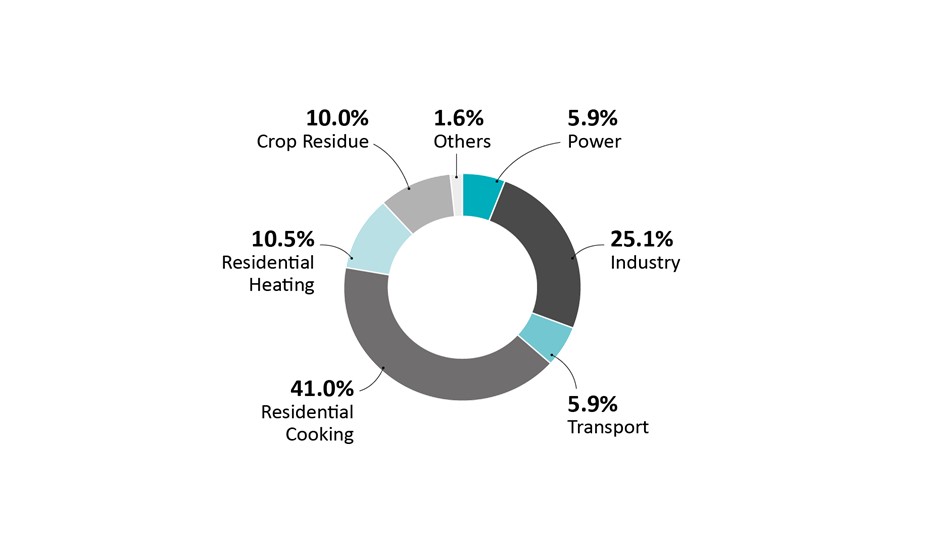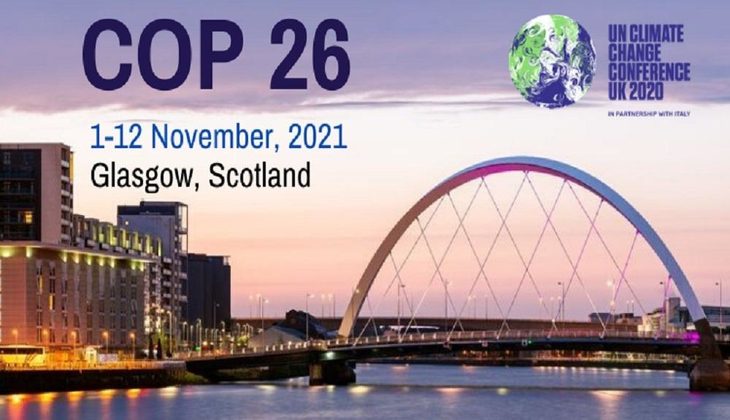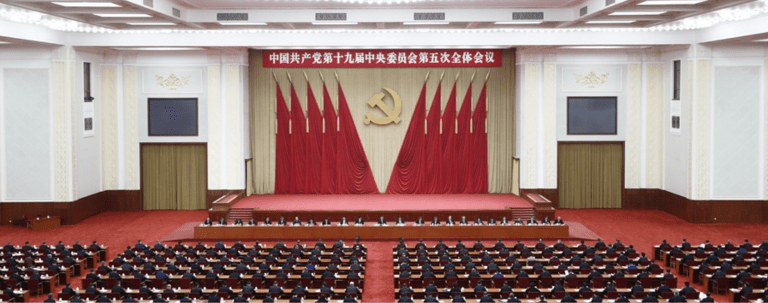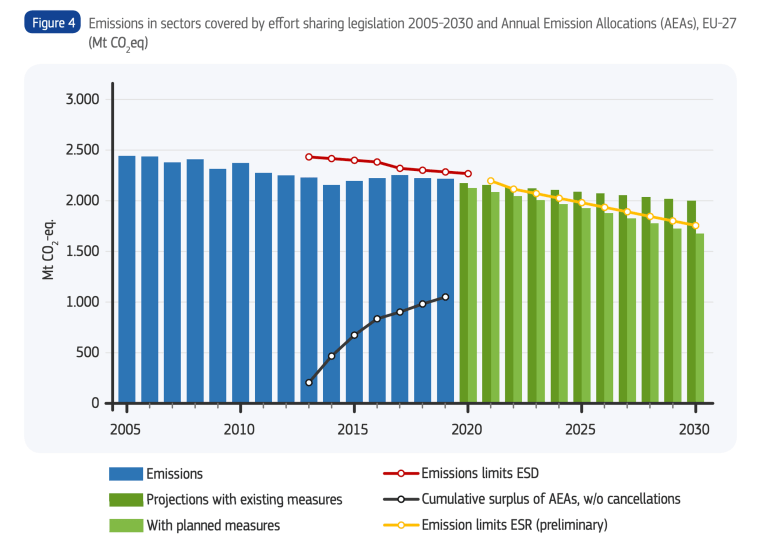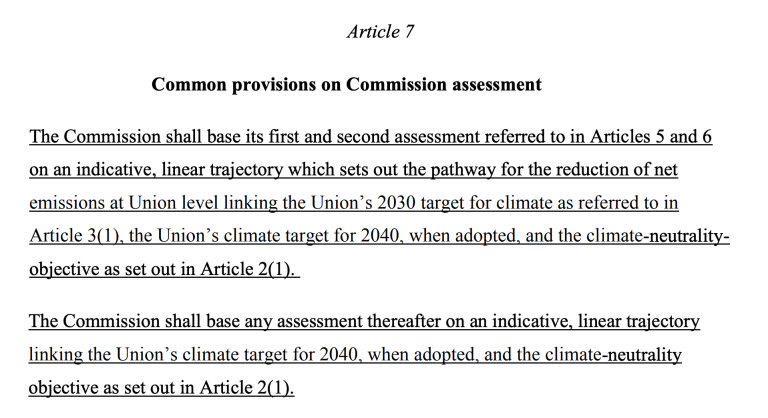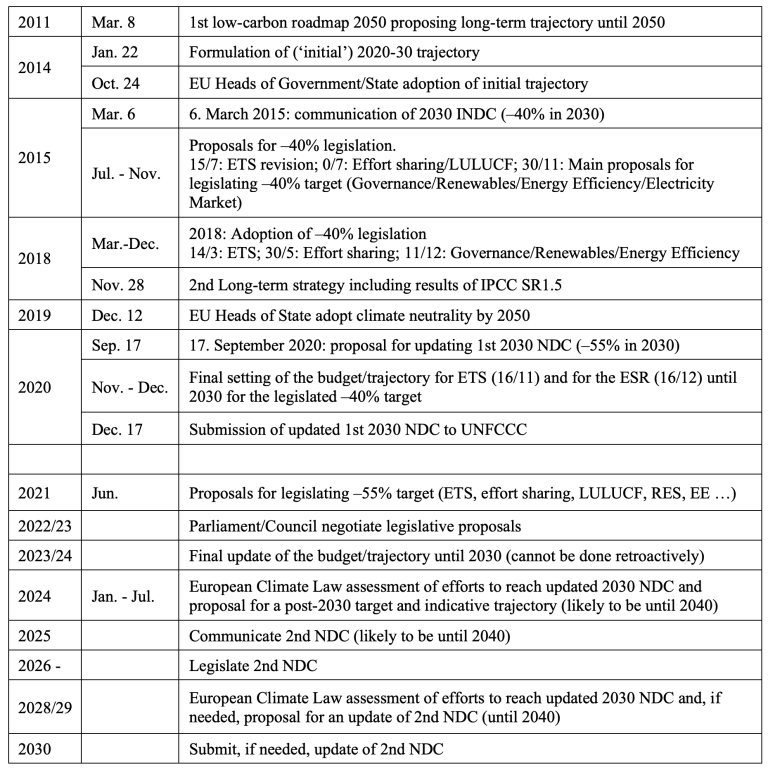On a sweltering afternoon in a dense neighbourhood, a family sits huddled under the monotonous whirl of a worn-out ceiling fan, its blades failing to push away the stifling heat. Just a few blocks away, in a gated community, cool air flows steadily and quietly from highly efficient air-conditioners, keeping the heat firmly outside.
This is the story of cooling in India. This picture with stark contrast, reflects who gets access to innovation — and who gets left behind. Wealth and awareness allow some to build homes that blend aesthetics with thermal efficiency. They can afford designers who know how to angle windows for cross-ventilation, choose insulation wisely, and layer materials to reflect heat while using energy efficiently. On the other hand, dense informal settlements continue to struggle under corrugated tin or asbestos roofs that trap heat, with roof surfaces often touching 60°C and indoor temperatures going upto 45°C during summer afternoons. Such homes with little insulation and poor ventilation can become unbearable heat traps in Indian cities.
The rising urban heat in Indian cities is no longer surprising. Summers extend longer, monsoons bring thick humidity, and nights remain stubbornly warm. Yet, millions still lack real solutions. Less than 10% of Indian households own air conditioners, leaving over one billion people susceptible to increasingly frequent and intense heatwaves. They rely on patchwork coping mechanisms like fans and air coolers. In contrast, those with means enjoy homes designed around comfort and efficiency as a standard.
Thermal efficiency of our built environment
Currently, building regulations like the Energy Conservation & Sustainable Building Code (ECSBC) and the guidelines under Eco-Niwas Samhita (ENS) exclude most small-plot or informal housing simply because they technically fall below the compliance threshold, compounding the challenge faced by tenants of small homes and packed settlements. Instead, they’re offered band-aid solutions like periodic applications of reflective roof paint with a mere four-year lifespan, or the promise of midday cooling shelters they might only access during extreme days and only if the shelter is within proximity or along their route. These aren’t safety nets; they are reminders of how little priority is placed on ‘thermal comfort for all’.
Architects and engineers trained in building energy performance also tend to serve the affluent segments. There is little mainstream advocacy or financial incentive for integrating passive cooling into affordable housing projects. Homes in poorer neighborhoods often suffer from their heat retention characteristics, like dark, flat roofs that bake all afternoon, narrow roads trapping hot air, and dense layouts that cut out breeze entirely.
ECSBC and ENS, though progressive on paper, struggle with enforcement. Municipal authorities lack the technical capacity or political will to ensure compliance, especially in government-sponsored affordable housing units. As a result, thermal efficiency remains aspirational and not systemic. The real victims are the economically weaker sections, amid rising temperatures.
Temporary solutions not only underscore this imbalance but also highlight the poor aspirations we have set to achieve thermal equity. Providing low-income communities with a coat of reflective paint on their roofs or a few hours of air-conditioning in a city-run cooling shelter might give them some respite. However, these gestures alone don’t solve long-term problems.
There is a need to expand aspirations and integrate thermal comfort and passive cooling into affordable housing projects. Achieving thermal equity requires widening the scope of building codes like ECSBC and ENS to include smaller plots.
Notably, the ENS acknowledges that states and local bodies must adapt compliance criteria to local conditions, whether it is based on a minimum connected load or plot area. We require clear, contextual, achievable standards that elevate thermal comfort for all, and not just for large-scale or high-income developments. In 2024, the minimum plot area threshold for ENS compliance was raised from 500 m2 to 3,000 m2, pushing a growing number of housing developments outside the regulatory bracket.
What needs attention on the policy front?
- States and local bodies must set compliance criteria suited to local growth patterns. They should assess real estate trends before fixing thresholds for connected load or plot area, ensuring that most buildings fall under the regulatory ambit.
- As per iFOREST’s IHCAP report, an analysis of Bhubaneswar city’s building approval data of 2023, none of the newly approved residential projects were qualified for compliance under the ENS 2024 criterion of 3000> the ENS 2024 criterion of ≥ 3,000 m². When the ≥ 500 m² threshold was applied, only 1.4% of the city’s new housing stock qualified for compliance, leaving out almost all
- For informal settlements, new and achievable standards must be developed, focusing on passive cooling strategies and minimum thermal comfort benchmarks. These should be simple, incremental, and adaptable to local building practices.
- Building thermal performance shall be mandated for government housing programmes like the Pradhan Mantri Awas Yojana (PMAY), where the focus has largely been on unit delivery and cost efficiency. Integrating retrofit programmes, subsidised passive upgrades, and technical assistance into such schemes would ensure that thermal comfort becomes a core consideration in affordable housing and slum redevelopment.
- Importantly, the PMAY framework already embodies one of the building blocks needed – the Technology Innovation Grant (TIG). Currently designed to support new construction technologies, TIG must also extend explicitly to innovations that improve the thermal efficiency of buildings for low-income groups.
Energy efficiency of our space cooling systems
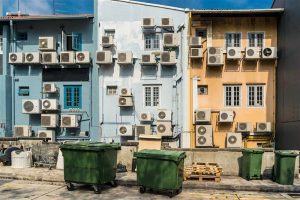
While energy-efficient cooling appliances have begun entering the market, their benefits tend to trickle upward. High-efficiency fans, inverter split ACs, and variable refrigerant flow (VRF) systems remain financially inaccessible for most. On the policy end, the story isn’t better. The BEE (Bureau of Energy Efficiency) star-rating program supports efficient appliances; however, many can’t afford the premium.
Financially, parity demands that efficient technology be affordable. Municipalities and state agencies can enable bulk procurement through agencies like EESL or facilitate access to energy-efficient appliances via collective procurement and financing schemes. Low-interest loans tied to energy savings or pay-as-you-save models can further improve affordability, making efficient cooling accessible even to those living on the margins. If efficiency is only meant for those who can afford better, it becomes a luxury.
The government can also play a catalytic role in promoting centralised cooling systems. It can identify high-density zones suitable for district cooling, integrate such systems into city master plans, and streamline approvals for pilot projects. Policy support—such as viability gap funding, concessional power tariffs, and public-private partnerships—can help attract private investment. Developing model contracts and technical guidelines at the national level would further reduce risks and enable cities to adopt centralised cooling with confidence.
It is crucial to prioritise thermally efficient buildings before focusing on energy-efficient appliances. Reducing the demand for cooling by enhancing thermal comfort in homes and offices will make the subsequent use of energy-efficient appliances more effective and manageable. Although this approach may be more challenging initially, it addresses the root cause by lowering space cooling requirements, leading to a sustainable and impactful reform in energy usage.
Cooling framework that builds in equity
In September, iFOREST released India’s first city-level Integrated Heat and Cooling Action Plan (IHCAP) tailored for Bhubaneswar to address rising heat stress and cooling demand in an integrated manner.
Developed in collaboration with the Singapore-ETH Centre (SEC), the IHCAP provides a comprehensive roadmap to tackle the growing challenge of increasing temperatures and humidity, the Urban Heat Island (UHI) effect, and rapidly rising demand for cooling.
It offers five pillars that hold equity at the heart of it:
- Cool the City: Expand urban greening in all wards to meet WHO’s benchmark of 9 m² per person; implement citywide cool roof programmes; restore water bodies; promote green roads, pavements, and undertake traffic decongestion.
- Cool Buildings: Revise and implement Odisha Energy Conservation Building Codes for all commercial and institutional buildings over 500 m²; adopt Eco-Niwas Samhita 2024 for residential plots above 225 m².
- Sustainable Cooling for All: Roll out white roof programmes in slums; provide incentives for super-efficient fans and 5-star ACs; pilot district cooling systems in commercial and institutional zones.
- Enhance Heat Resilience: Strengthen electricity, water, and health infrastructure; establish cooling shelters and shaded, ventilated bus stops.
- Adapt to Heat: Revise heat thresholds to include humidity and night-time conditions; introduce spatial heat-risk mapping; pilot parametric insurance for vulnerable workers.
Conclusion
Recognising cooling as an essential service is urgent. In a warming world, thermal comfort is no longer optional. It intersects with health, education, and productivity. Children studying in overheated homes, patients recovering in stifling wards, and workers struggling through humid shifts are all casualties of heat that could have been mitigated by design, policy, and care.
Imagine a future where every corner of our city, regardless of postal code, has homes that breathe, that reflect, that stay cool without guzzling energy. Thermal comfort must not be a reward of wealth but the foundation of our built environment. This isn’t idealism, it’s equity.
Technology does not trickle down by chance. It must trickle down by choice. And it must be the collective choice of policymakers, planners, markets, and citizens to decide whether access to cooling and thermal comfort is a marker of progress or a yardstick of privilege.
Shree Nidhi Gowthaman is a Senior Research Associate at iFOREST.
